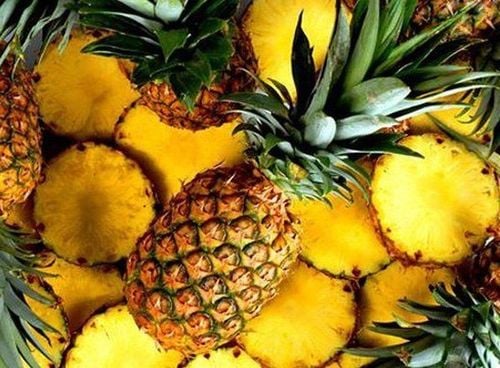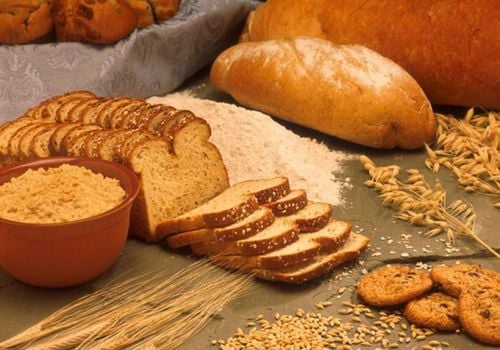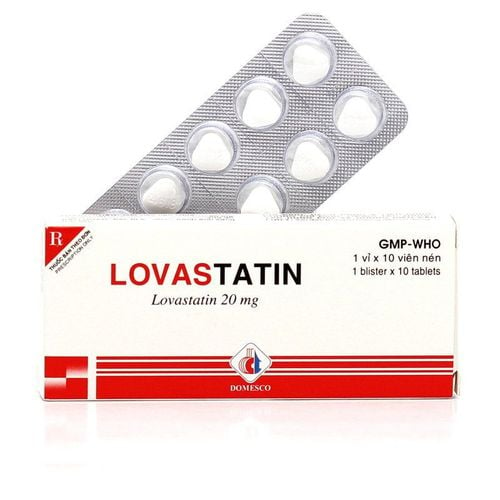This is an automatically translated article.
Carbohydrates in food will raise blood sugar. Therefore, when you have diabetes, you must strictly control the amount of carbohydrates you consume. Desserts for people with diabetes are a matter of concern, because if eaten in moderation and selectively, desserts can cause a sudden rise in blood sugar after eating.
1.Notes when choosing desserts for diabetics
Insulin is a hormone that plays an extremely important role, helping to transport sugar from the blood into the cells to be converted into energy. When you have diabetes, your body either doesn't make enough insulin or does produce it, but the insulin doesn't work as well. Blood sugar that is not well controlled for a long time will cause many dangerous complications such as cardiovascular disease, neurological disease, affecting vision, increasing the risk of infection,...
Number of people with diabetes per day Increasing and younger as today, nutrition for people with diabetes is an issue of increasing concern. In most desserts such as cookies, cakes, puddings, candies, ice cream, etc., some type of sugar is added to increase the sweetness. These sugars can be dextrose, fructose, lactose, malt syrup, sucrose, sugar, white sand, honey, glucose, maltodextrin, etc. These sugars are carbohydrates and will raise blood sugar levels. Because most of the sugars in desserts are simple sugars, they are digested and absorbed more quickly than foods containing complex carbohydrates. On the other hand, the amount of simple sugars in a serving of dessert is usually quite high. These two factors will make the blood sugar of diabetics after eating dessert more difficult to control.

Các loại đường trong các món tráng miệng có thể sẽ làm tăng lượng đường trong máu của người mắc bệnh tiểu đường
To meet the demand for desserts but still ensure the health of people with diabetes, food companies have produced desserts for people with diabetes. Instead of using pine sugars, these products use alternative sweeteners that provide sweetness but have little or no effect on blood sugar. Alternative sweeteners that can be used include: artificial sugar, sugar alcohols, natural sweeteners.
2.Alternative sweeteners can be used as desserts for diabetics
2.1. Artificial sugars Artificial sugars are synthetic sweeteners that are used in place of regular sugar. The advantage of artificial sugar is that it contains little energy and does not affect blood sugar levels. Commonly used artificial sugars include:
Aspartame: trade name Equal, Nutrasweet Saccharin: trade name Sweet'N Low, Sweet twin Sucralose: trade name Spenda Acesulfam K: trade name Sunett and Sweet one You can buy artificial sugar at the grocery store to use at home. Artificial sugar has the ability to create a stronger sweetness than regular sugar, so you need to adjust the dosage when using it as a dessert for diabetics to avoid the dish being too sweet. Some artificial sugars are not heat stable and must be added after cooking. Read the instructions on the label carefully for proper use and dosage.

Các loại đường nhân tạo
2.2. Sugar alcohols Sugar alcohols are carbohydrates that are naturally present in fruits or are produced synthetically. Commonly used sugar alcohols are: glycerol, lactitol, maltitol, mannitol, sorbitol and xylitol. Unlike artificial sugar, sugar alcohols are not sweeter than cane sugar and contain calories. However, the calories in sugar alcohols are very low, each gram contains an average of 2 calories compared to 4 calories / gram in common carbohydrates. As such, sugar alcohols can raise blood sugar, but not as much as other carbohydrates.
Side effects when using sugar alcohols is that when used in excess, it can cause bloating, diarrhea and gas in the intestines.
2.3. Natural sweeteners Natural sweeteners are often used to replace sugar in recipes, including: nectar, honey, maple syrup,... Natural sweeteners can increase sugar Postprandial blood sugar is similar to normal sugars. Therefore, natural sweeteners are used often just to enjoy their characteristic delicious taste.
The only natural sweetener currently recognized as suitable for people with diabetes is Stevia. Stevia is significantly sweeter than cane sugar, but does not raise blood sugar levels. Some dessert products and diabetic soft drinks have now switched to using stevia. Some of the trade names of Stevia are Truvia, Pure Via, Stevia,...
3.How to read diabetic dessert labels
To see how a dessert can affect your blood sugar, read the nutrition facts on the product packaging. The important information you need to consider are serving sizes, total carbohydrates and total calories.
3.1. Servings The nutritional information on the label is calculated according to a certain serving size, stated on the label. If you want to calculate carbohydrate and calorie intake, compare the amount of food you plan to eat and the serving size used as a reference.
For example, the ratio of nutrition facts on the label is calculated for a serving of two cookies. If you eat just one cookie, you'll halve the number of carbohydrates and calories listed on the label. But if you eat four cookies, your body gets twice as many carbohydrates and calories.
3.2. Total Carbohydrates Total Carbohydrates represent the number of carbohydrates present in a particular serving of food. When you eat foods containing carbohydrates, most carbohydrates are broken down by enzymes in the small intestine into individual simple sugars. However, some carbohydrates are not broken down, others are only broken down.
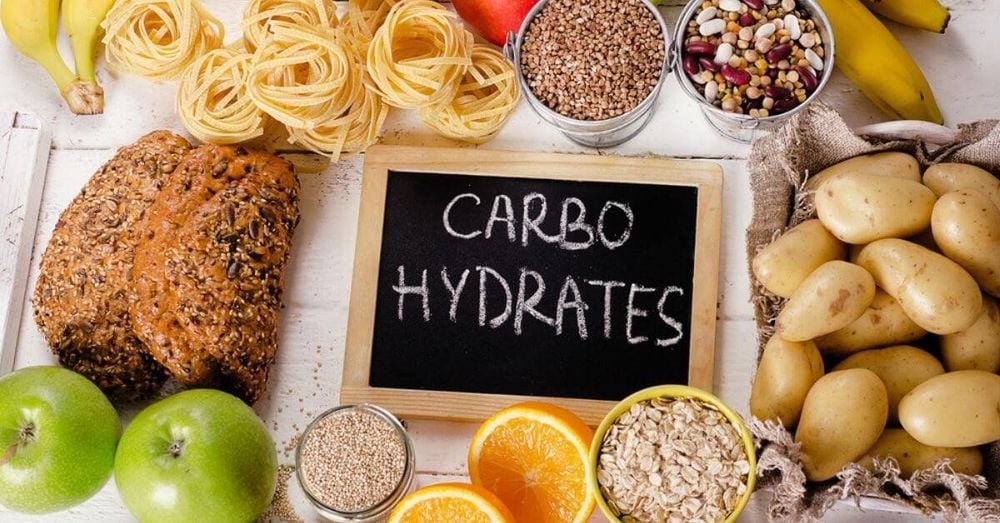
Bệnh nhân tiểu đường nên chú ý tổng carbohydrate có trong món tráng miệng của bạn khi mua
broken down and partially absorbed, these are usually fiber and sugar alcohols. Therefore, to calculate your carbohydrate intake, you will need to subtract half of the total fiber from the carbohydrate count if there are more than 5 grams of fiber per serving. You also need to calculate the impact of sugar alcohols. Simply put, you can subtract half the number of grams of sugar alcohol from the total number of carbohydrates.
For example, if you have a candy bar containing 30 grams of carbohydrates containing 20 grams of sugar alcohols, subtract 10 from 30 to equal 20 grams of carbohydrates.
3.3. Total calories Total calories is also a very important parameter. Many foods that are low in sugar or use artificial sweeteners are still high in calories. Eating too much of these foods can contribute to weight gain, making your blood sugar harder to control.
In addition, to know how desserts provide nutrition for diabetics, you are interested in parameters such as protein, total fat, vitamins, minerals,...
4.Use Diabetic Desserts Safely
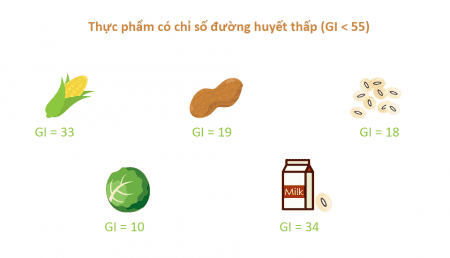
Người tiểu đường nên chon các thực phẩm có chỉ số đường huyết thấp để tránh tăng lượng đường huyết trong máu
If you want to have dessert, what do diabetics eat? People with diabetes can still eat sweets, but it is important to know how food affects blood sugar. There are many delicious, low-carbohydrate, diabetic-friendly dessert recipes online, such as sugar-free pudding, unsweetened gelatin made from fresh fruit, sugar-free popsicles, etc. The company also manufactures sugar-free or low-sugar cookies, cakes, and pies as desserts for diabetics. However, these foods do not have sugar but they still have carbohydrates and calories, so the patient should only eat in moderation.
To help keep sugar levels in check, many people with diabetes use the “three pieces” rule when it comes to desserts. Eating just three pieces of a dessert helps satisfy a craving for sweets without the post-prandial spike in blood sugar.
Diabetics can still eat desserts and fruits, but you should choose foods with a low glycemic index, natural sweeteners and use them in moderation to avoid an increase in blood sugar. blood sugar levels. If you want to control your diabetes well and build a suitable diet, you can go to Vinmec International General Hospital to visit and receive the best advice from specialist doctors and nutritionists. .
Please dial HOTLINE for more information or register for an appointment HERE. Download MyVinmec app to make appointments faster and to manage your bookings easily.
Reference source: healthline.com



